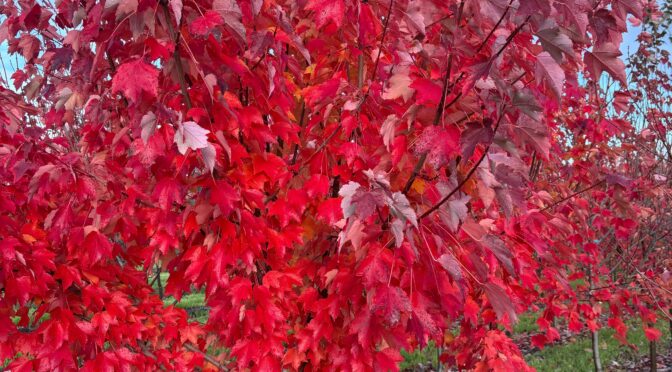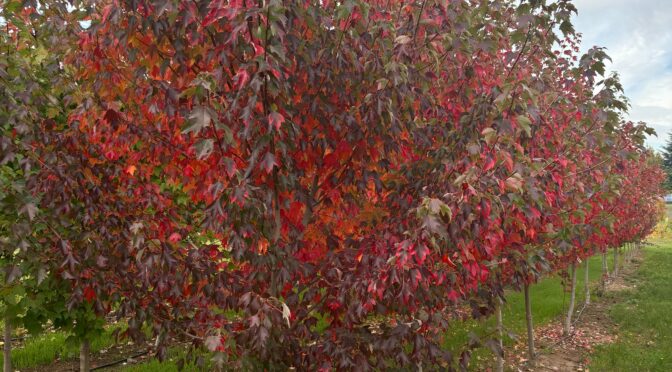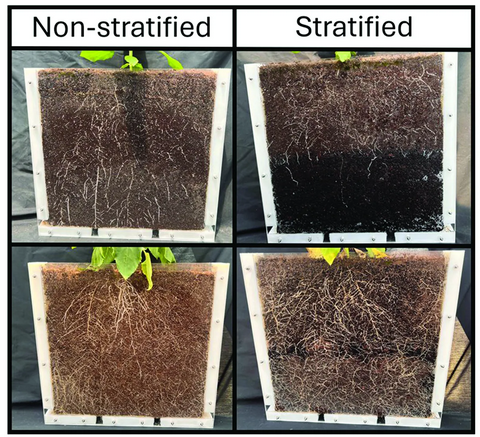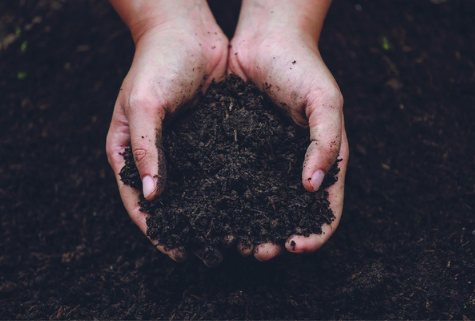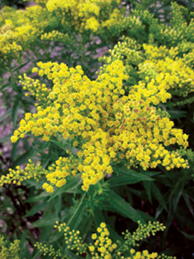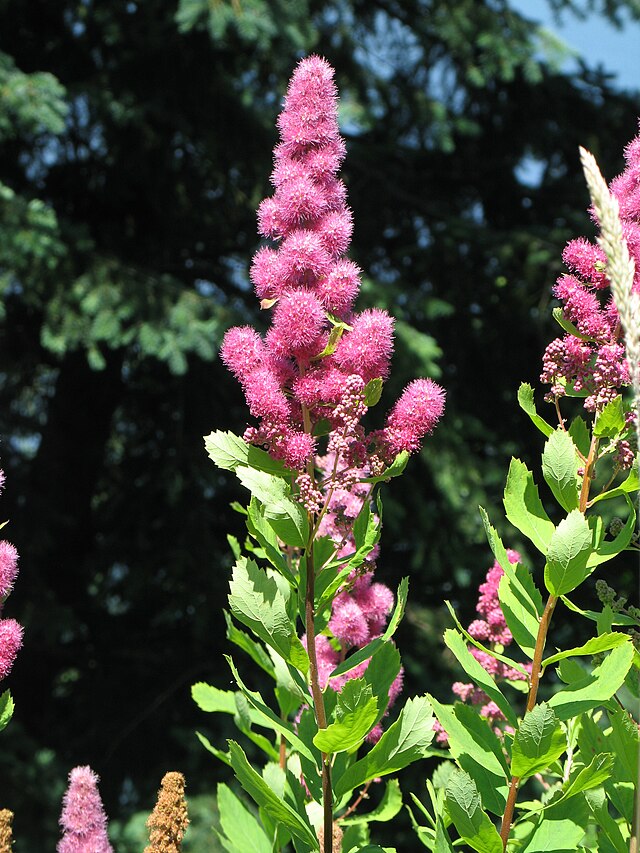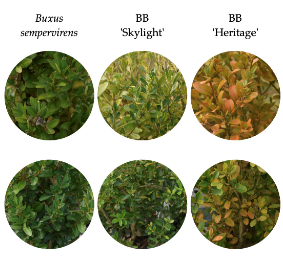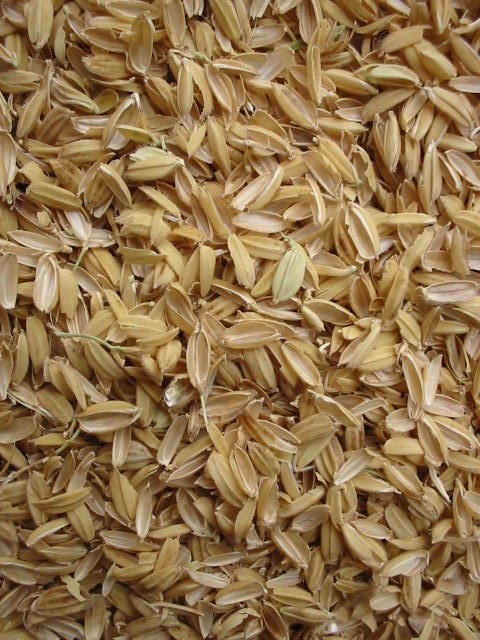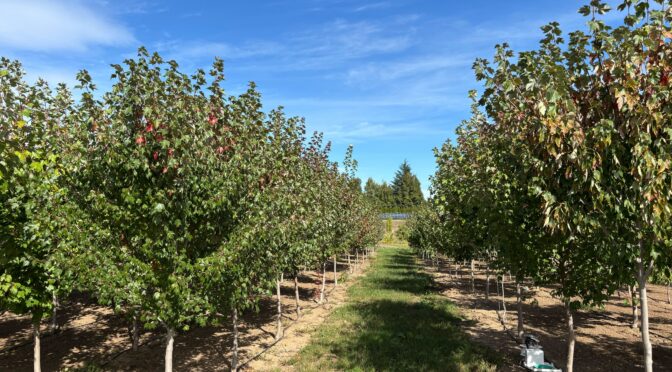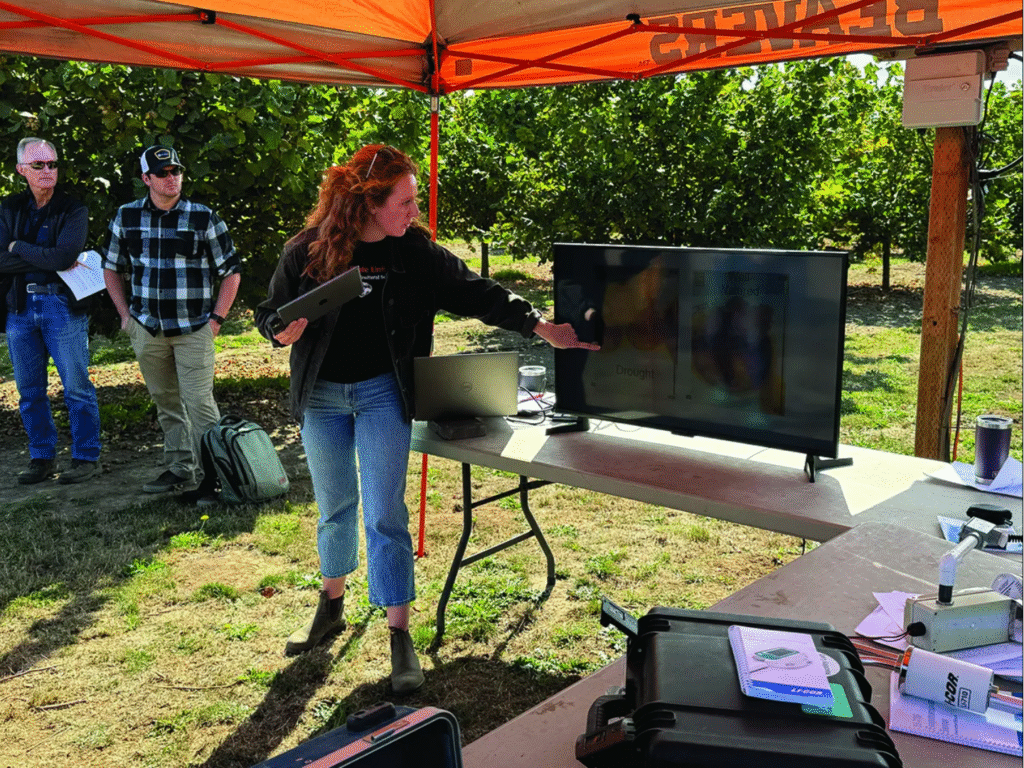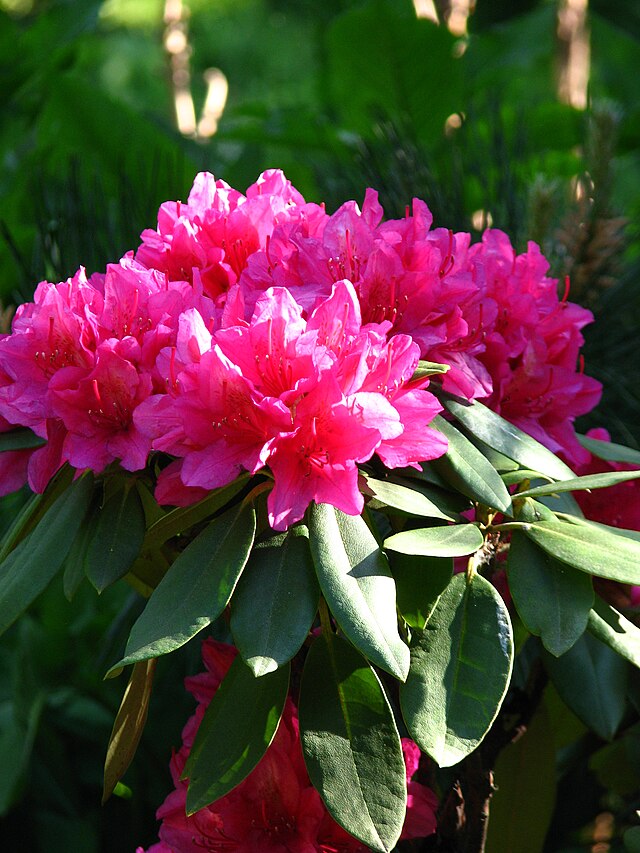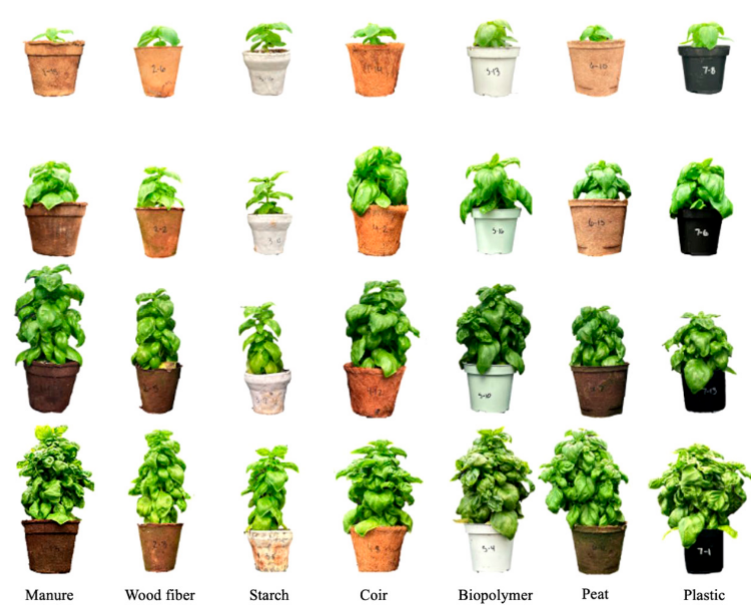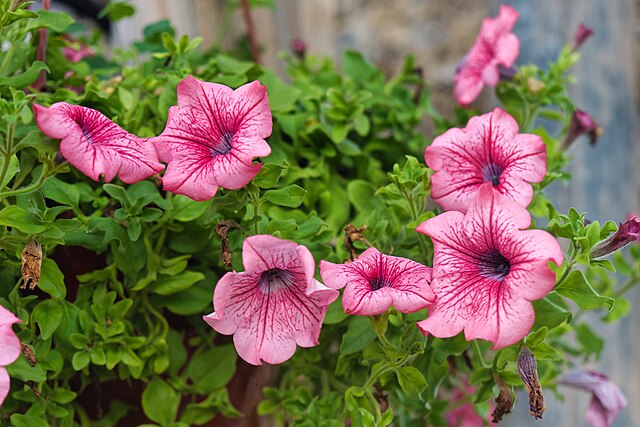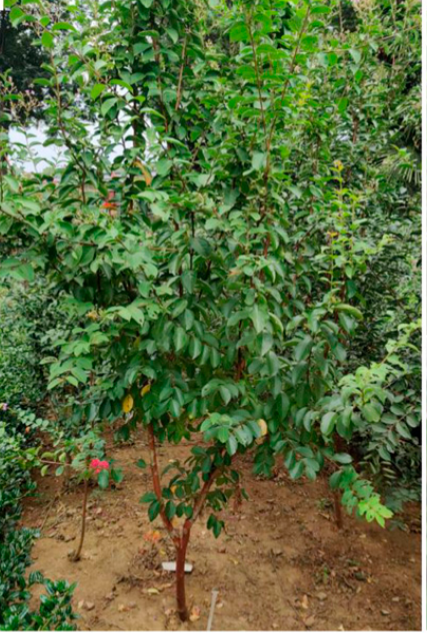Trade Journal Articles

Highlights from the 2025 IPPS Western Region Meeting in Canada
By: Lloyd Nackley / Digger November 2025
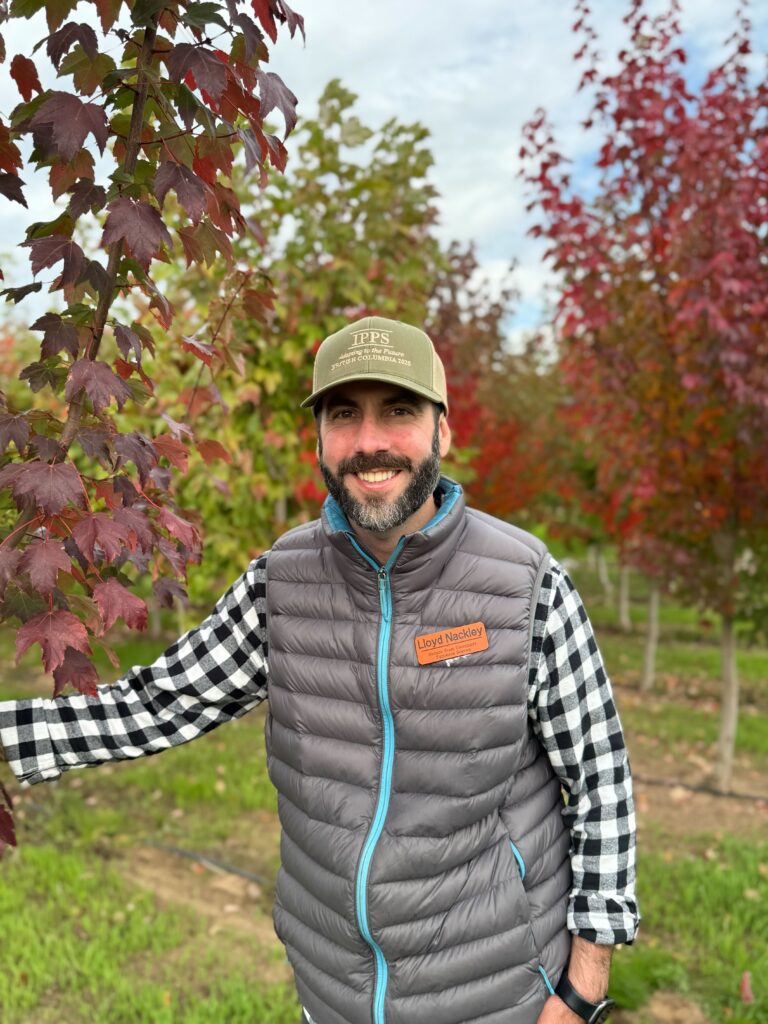
2025 Distinguished Education Award – Dr Lloyd Nackley
By: Curt Kipp / Digger November 2025
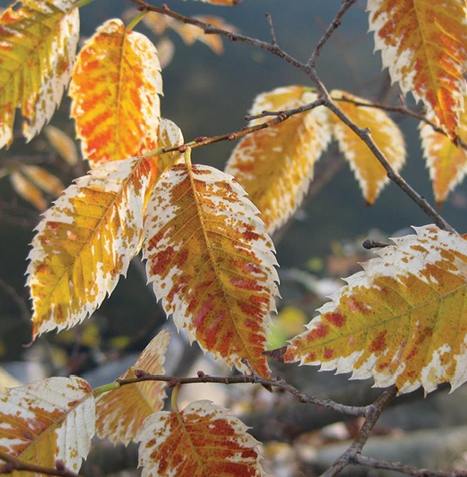
Rare woody plant: Zelkova serrata ‘Goshiki’
By:Mark Dwyer / NurseryMag November 2025
Scientific Journal Articles
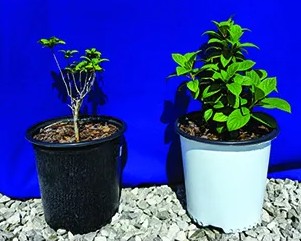
Hot Pots: Container Color Matters
By: Lloyd Nackley, Dalyn McCauley, James Owen, Jr., Jacob Shreckhise, and Jeb Fields
Agriculture Volume 15: Issue 21
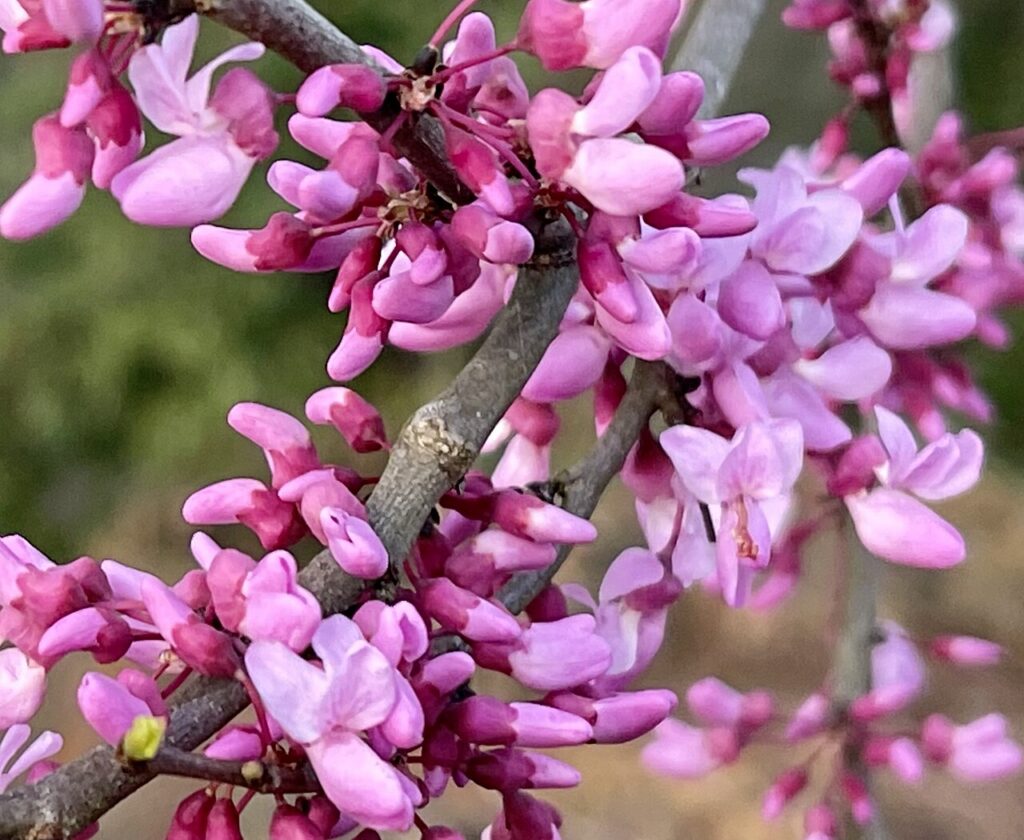
Plant Water Strategies: Lessons from a Western U.S. Trial
By: Amelia Keyser-Gibson, Lloyd Nackley, Youping Sun, Jared Sisneroz, Darren Haver, Ryan Contreras, Ursula K. Schuch, Lorence Oki, and Soo-Hyung Kim
Plants People Planet
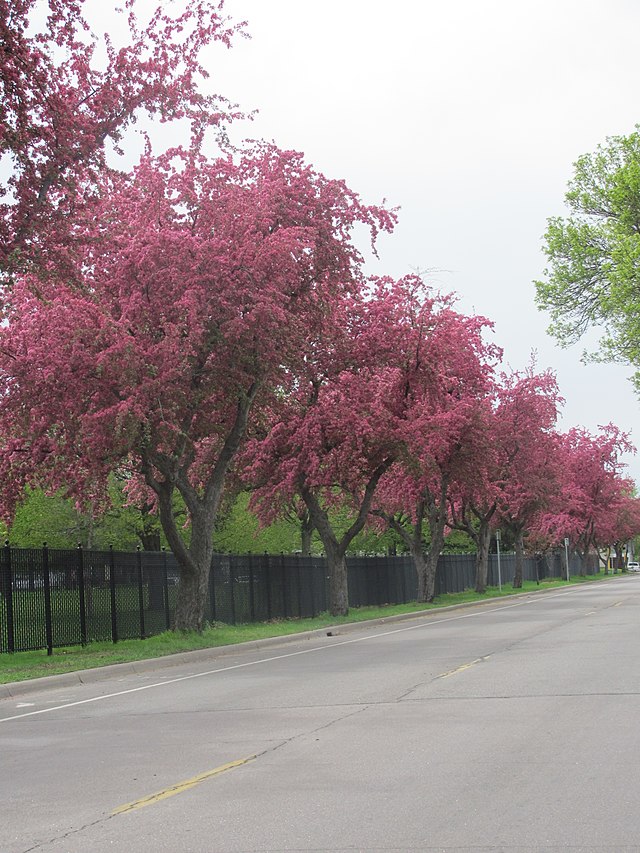
Right Tree, Right Place: Co-Designing Solutions for Urban Forest Challenges
By: Jill Edmondson, et al
Plants People Planet
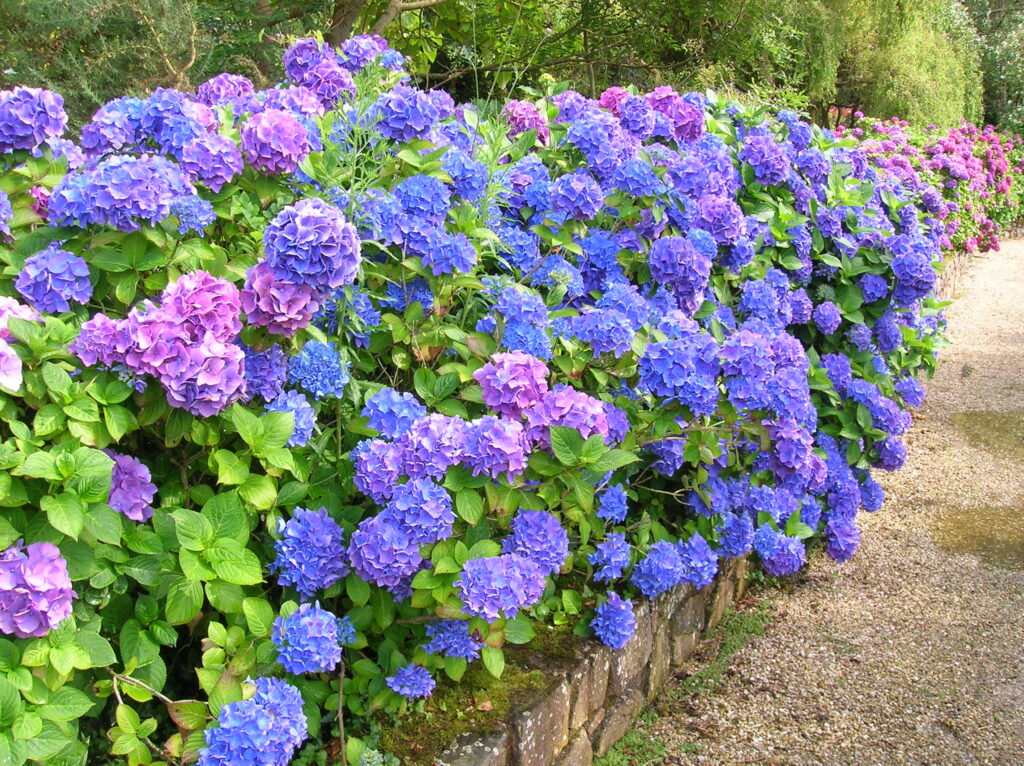
How Light and Temperature Shape Endless Summer Hydrangea Growth
By:Zheng Li, Tong Lyu, and Yingmin Lyu
Horticulturae Volume 10

Testing Insecticides to Control Thrips parvispinus in Greenhouses
By: Livia M. S. Ataide, German Vargas, Yisell Velazquez-Hernandez, Marcello De Giosa, Isamar Reyes-Arauz, Paola Villamarin, Maria A. Canon, Simon S. Riley, and Alexandra M. Revynthi
Agriculture Volume 15: Issue 21
